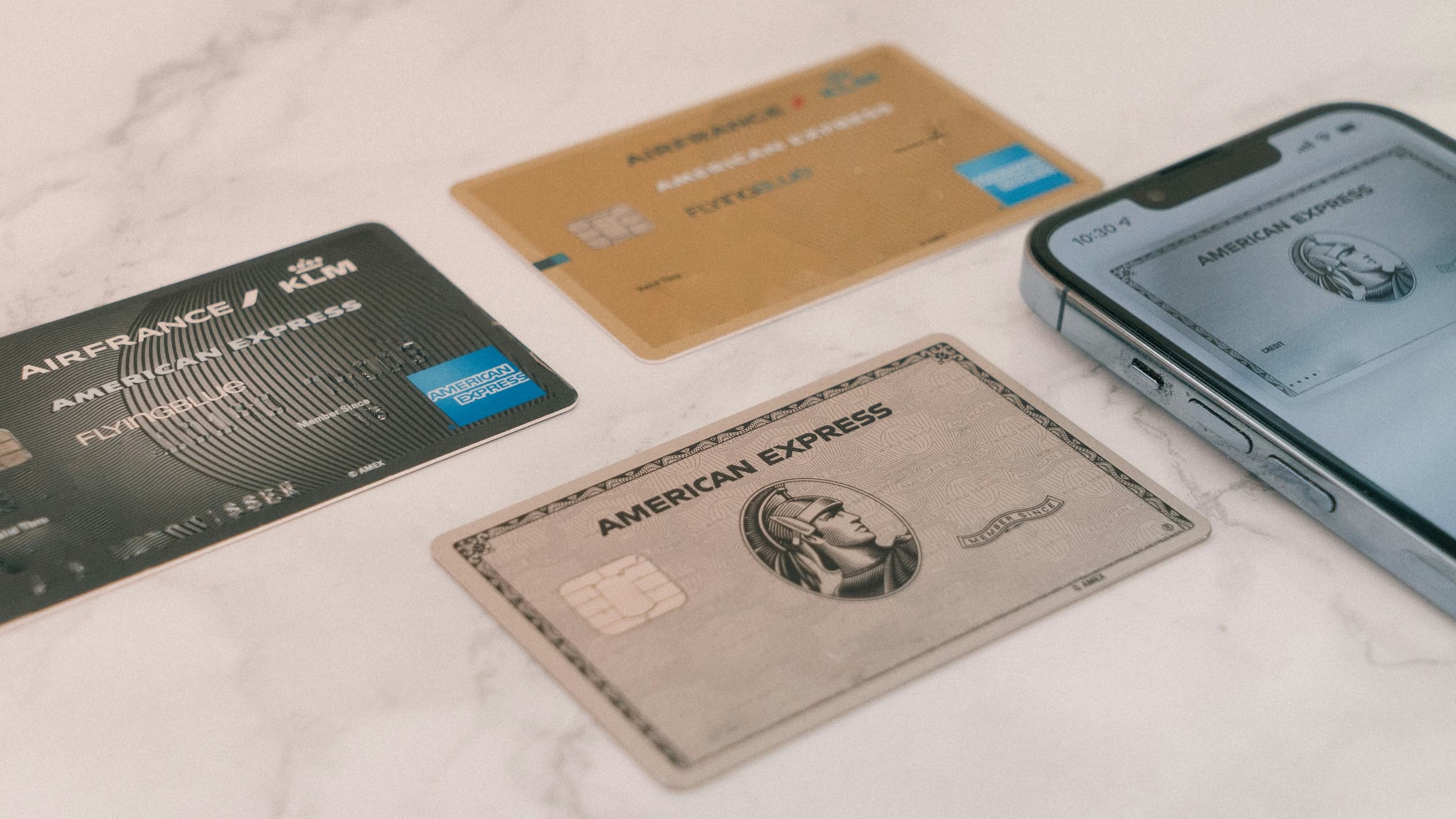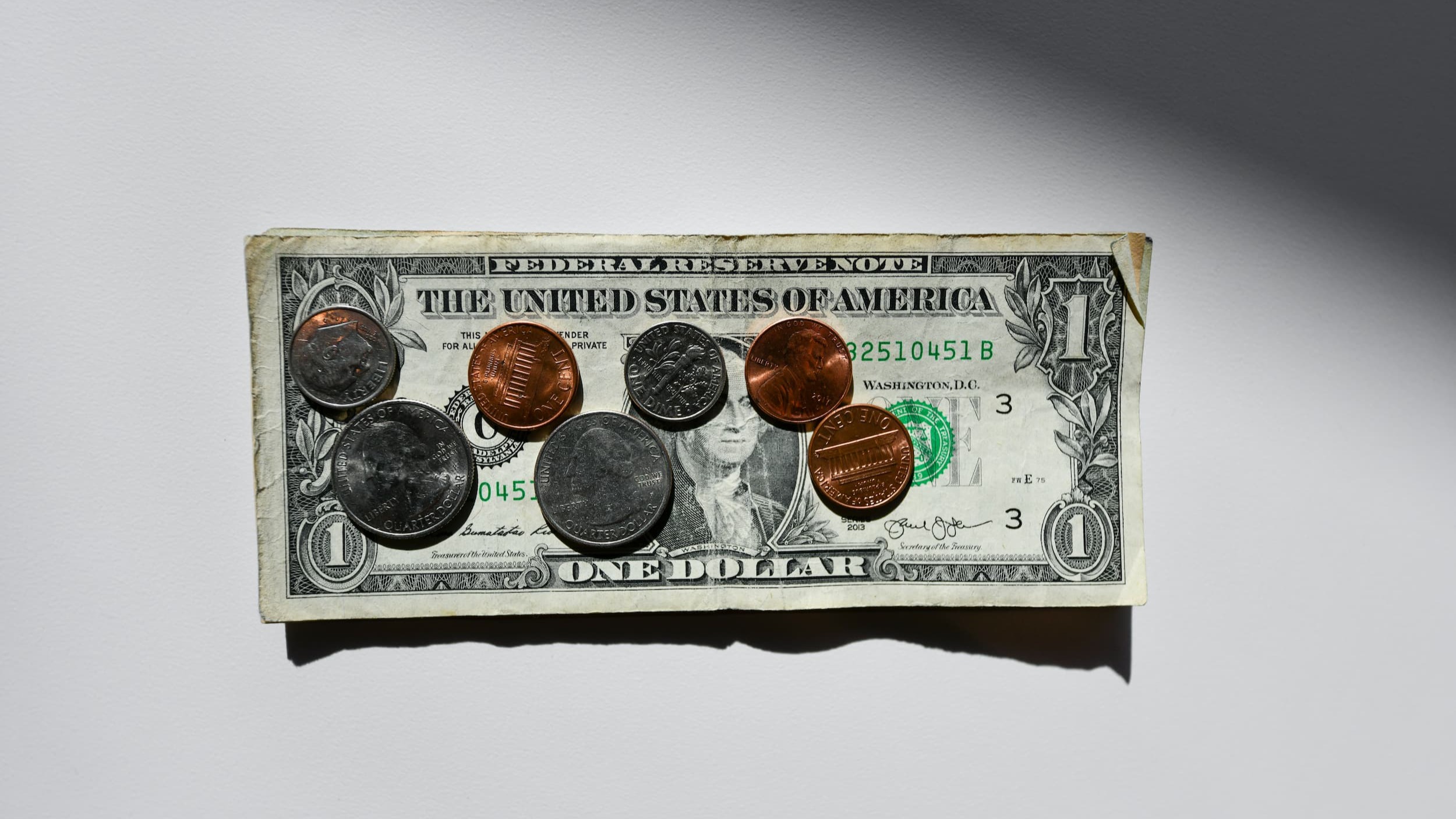 Your Money
Your Money What Was the Largest Credit Card Purchase Ever?
The largest credit card purchase in history was made by Chinese magnate Liu Yiqian in 2015. Find out what he bought and how much he spent.



Efficient payment management is crucial for the professional success of any freelancer, and one of the most commonly used financial tools in Mexico is the bank transfer. This method is favored because, it is reliable and accessible to anyone with a bank account.
However, there are different types of bank transfers, each with its own characteristics and specific requirements. In this article, we explain their definition, forms, and even other alternatives for receiving and sending money.
A bank transfer is a financial operation where you can send money from one bank account to another. This type of payment method can be carried out between the same or different banks.
It is one of the most common ways to move funds from one bank to another, whether it's a personal, business account, or to make payments for goods and services. A bank transfer is an efficient and secure process to receive payments from your clients, both nationally and internationally.
And remember, as a freelancer, you must keep receipts for each of them for accounting and tax purposes, as they prove the payment of VAT.
In Mexico, you can find various types of bank transfers, the main ones include:
Interbank transfers. These are carried out between different Mexican banks. For this, the Electronic Interbank Payments System (SPEI) is used.
Internal transfers. These are transfers within the same bank. They can be transfers to another account of the same holder or to third parties who have an account in that entity.
Scheduled or periodic transfers. These are configured to occur on a specific date or regularly at time intervals, such as weekly or monthly, whether interbank or internal.
International transfers. Used to transfer to foreign accounts, in this case, through the SWIFT or BIC code. For example, if you need to receive money from another country because you work as a virtual assistant, it is mandatory to have this code.
Urgent transfers. Used so that money transfers are carried out quickly. This option is carried out through a system called digital collection (CoDi), where QR codes are used for immediate deposits.
Internet transfers. There is also the bank transfer via the internet, one of the most frequent today, as they are quick thanks to the banks' applications.
And if you want to send or receive money in a simpler way, you have the Dimo system, where you only need the person's phone number.
You cannot carry out a bank transfer without knowing what information you need to succeed. Below, we show you the requirements for the different types of bank transfer in Mexico:
SPEI Transfer
Full name of the person.
Name of the bank where you have the account.
Card number, account or CLABE.
CoDi Transfer
CoDi active in the bank's app.
Press the "More" option.
Use the QR code to scan the recipient's account and send the money.
Dimo Transfer
Beneficiary's phone number.
If you are going to receive a bank transfer from abroad, indicate to the sender the following data:
Bank account number.
SWIFT/BIC code.
Full name.
Bank address.
Having clear requirements for each type of bank transfer will help you carry out operations smoothly.
The waiting time is not standard; it will vary based on factors such as banks, the type of transfer, the schedule, and whether it is a business day or not.
However, we can give you an idea:
If the accounts are within the same bank, they are usually processed immediately.
Payments with QR codes through the CoDi system are also effective instantly.
International transfers with SWIFT code generally take between 1 and 5 business days.
Those that are scheduled depend on the date you set.
Interbank transfers (SPEI) are effective in seconds or minutes, depending on the time and the bank involved.
You can always try other ways to move money from one account to another. In fact, there are many popular options, for example, checks or money orders.
But undoubtedly, applications like DolarApp are more modern and efficient methods, whether you want to handle pesos or dollars as a freelancer.
This alternative not only allows you to make payments, credit and debit transfers but also offers attractive advantages for freelancers.
For starters, moving money is easier, and you don't need complicated bank procedures. Plus, you don't need to fill out a power of attorney for someone else to pay your employees, as you will be able to make transfers from your mobile device.
What is most interesting is that its exchange rates are competitive for international transactions.
In terms of convenience, accessibility, and quick solutions, it is one of the best options for freelancers.
With the above information, you may have fresher knowledge about bank transfers.
Now, we want to offer you some suggestions so that you can carry out these transactions successfully:
Verify the beneficiary's data.
Check the fees and commissions charged by the bank, especially if it is an international transfer.
Review the bank details at least twice to ensure that the money reaches the correct destination.
Use the authentication methods used by the bank to protect your operations, especially if they are online.
Keep records of the transfer, from receipts to any other documentation for future references or disputes.
Transfer on business days so that the process is quicker.
Check the transfer limits imposed by the bank.
Consult your bank's policies to know what you need about the process and times.
Be wary of unknown recipients to minimize the risk of scams.
Follow these tips, and you will see how the money will reach its correct destination without issues.

The world has borders. Your finances don’t have to.
 Your Money
Your Money The largest credit card purchase in history was made by Chinese magnate Liu Yiqian in 2015. Find out what he bought and how much he spent.

 Your Money
Your Money In most cases, the reference number in a transfer is a unique code that varies depending on the bank or system used.

 Your Money
Your Money Do you know what types of coins and bills circulate in the U.S.? Click here and find out which U.S. coins exist and their value.


